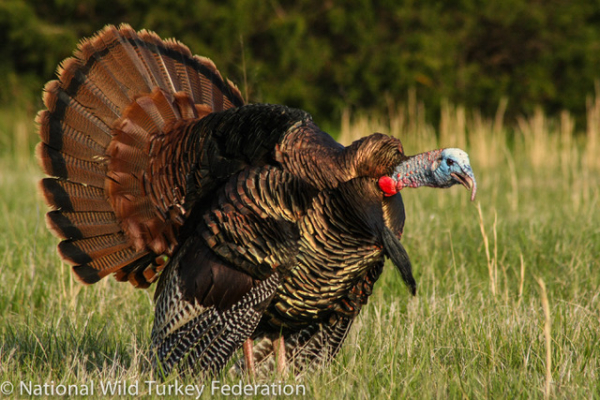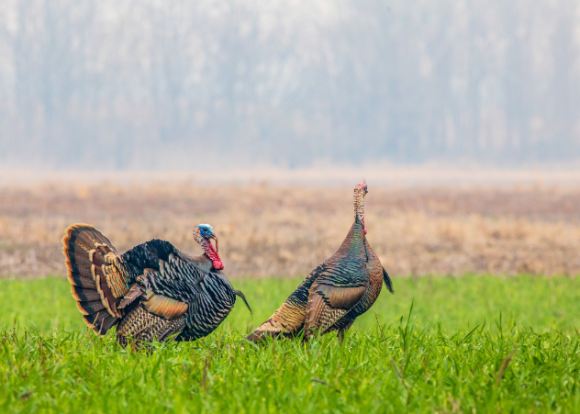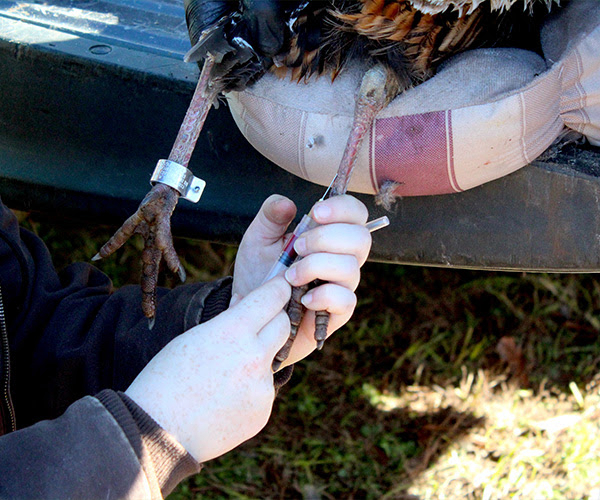Turkey Hunting Tips
By Glen Wunderlich
Finding wild turkeys to hunt sure isn’t as difficult as it once was. The sheer numbers of turkeys across the land remain a glaring testament to the widely successful efforts of sportsmen and women to reestablish the once-threatened master of strut.
Back in the ‘70s and before digital everything, I’d travel the two-tracks in Montmorency County in my go-anywhere VW Rabbit scanning the fields during the daytime. At sunset, atop the tallest hill, where I could see for miles in every direction, I’d glass during the waning light in hopes of finding their roosting trees.
The adventure of the chase and the anticipation of bagging my first bird kept me going for years, because that’s all I had to show for my time afield. It all seemed so mysterious. Since then, however, turkey hunting techniques and gear have become as plentiful as the magnificent birds themselves. Here are a few tips to take advantage of the developments in technology.
The single-most useful tool to come along over the years is the portable blind. One blind I’ve used for many years has turned a rosy red in color from the ultraviolet rays of the sun, and although its conspicuous presence can be picked off by other hunters, it remains invisible to turkeys.
The larger blinds can be erected in advance, so there’s less gear to tote afield when hunting. Camera gear, seats, and hunting partners are all welcome – even in rainy weather, which brings to mind some comforting thoughts. It all has to do with what I call “paying dues.”
Since springtime rain is inevitable, use it to your advantage. Turkeys have superior hearing and the steady sound of rain tapping the leaves on the forest floor is disconcerting to a wary gobbler’s safety. By placing a blind near a bottleneck opening to a field, you may find that turkeys are quite comfortable in the openness. There they congregate to a natural synergy afforded to them by keen eyesight and where hearing is less consequential. Rain also stifles the flying abilities of insects, making them vulnerable prey to feeding birds. Earthworms and night crawlers also appear to the turkeys’ delight.
Inside the blind, you may fire up a portable heater to take the chill and dampness out of mix. An old blanket can be stored inside a plastic bag and deployed over the bare ground within the shelter for quietness and comfort. You’ll also want the blind to be as dark as possible inside, so keep the windows behind you closed.
Utilizing some type of rest for a shotgun can add a dose of confidence on any shot. Farther shots require a centering pattern to maximize effectiveness, while close-in shots with their tight patterns can turn into clean misses unless spot-on.
It’s best to practice some actual shotgun positioning before any birds are at hand. If you don’t use shooting sticks, use the windows of the blind to rest your gun’s barrel. Stay back from the window’s opening as far as possible ensuring that the muzzle is outside of the blind. Don’t wait for the moment of truth to experiment!
I like to keep calling to a minimum and rely more on the attractiveness of a lone hen decoy. After all, you’ve done your homework and know the birds’ routines. Pay your dues and they will come.






